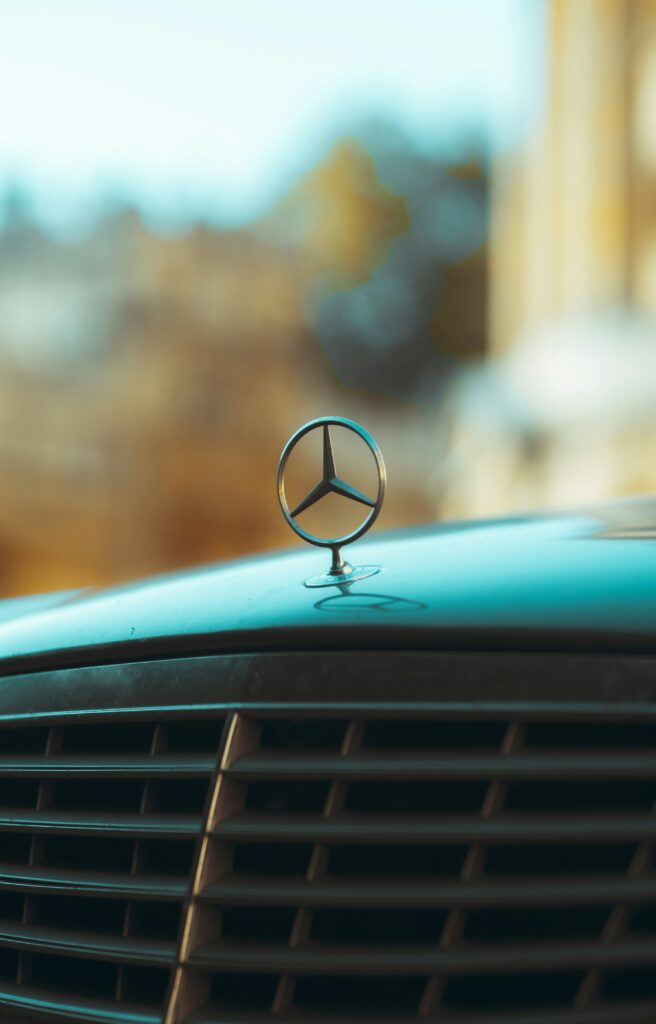European automakers are under increasing strain as they confront weak electric vehicle (EV) profitability, shrinking earnings in China, and rising costs. Goldman Sachs has responded to these pressures by downgrading its outlook for Porsche AG and Mercedes-Benz AG.
Goldman Sachs analyst George Galliers highlighted escalating labor expenses, tariff uncertainties, and the growing need to meet stringent environmental regulations. “We anticipate another difficult year for European auto stocks in 2025,” Galliers noted, adding that the sector had already experienced a 12% decline in 2024.
Goldman Sachs has slashed its earnings forecasts for European automakers by 9% for 2025 and 6% for 2026, reflecting the mounting challenges.
The Struggles of German Automakers
Battery Electric Vehicles (BEVs) represent one of the most significant hurdles for European automakers.
BEV market penetration in Europe and the European Free Trade Association (EFTA) regions is forecasted to rise from 14.3% in 2024 to 19% in 2025, driven by regulatory requirements to lower CO2 emissions. However, Galliers warned that high production costs are eroding the profitability of BEVs, making it difficult for manufacturers to achieve robust margins.
German automakers are also grappling with plummeting earnings from Chinese joint ventures. According to Goldman Sachs, profits from these ventures dropped by 36% year-on-year in 2024. This reflects broader struggles for Western car manufacturers in China, the world’s largest automotive market.
Galliers pointed out that Ford and General Motors have already seen their Chinese operations turn unprofitable, raising concerns that European manufacturers could face a similar fate.
Downgrades for Porsche and Mercedes-Benz
Goldman Sachs downgraded Porsche SE from a “Buy” to a “Sell” rating, citing limited growth prospects and persistent financial risks.
“We see minimal room for earnings growth in 2025,” Galliers stated. He attributed this downgrade to weakening BEV demand in Western markets and ongoing challenges in China. Additionally, Porsche’s financial burdens, including significant debt and Volkswagen’s restructuring plans, limit near-term improvements. Goldman Sachs expects Porsche’s net debt to remain above €4 billion until at least 2027.
Mercedes-Benz AG also faced a downgrade, moving from a “Buy” to a “Neutral” rating. The report highlighted uncertain demand for luxury vehicles, a lukewarm reception to AMG models, and the ageing S-Class lineup.
By the end of Q3 2024, Mercedes-Benz’s adjusted earnings before interest and taxes (EBIT) for its car division had dropped by 44% year-to-date, with a full-year decline of 40% expected. Goldman Sachs forecasts an additional 14% decline in 2025, followed by modest recovery in 2026.
“Investors will likely demand a reset of Mercedes’ near- and mid-term margin targets,” Galliers said. However, advancements in Level 2+ autonomous driving technology and collaborations with Nvidia could offer growth opportunities.
Trade and Tariff Pressures Loom
Trade and tariff uncertainties add another layer of difficulty for European automakers.
The European Union has imposed tariffs on Chinese-made BEVs, while rising trade tensions with the Trump administration threaten global supply chains. Galliers noted that many original equipment manufacturers (OEMs) remain vulnerable to escalating tariffs, further pressuring the industry.
Searching for a Silver Lining
Amid these challenges, Goldman Sachs identified Renault as a potential standout performer in the European auto sector.
Renault’s focus on cost management and a promising lineup of new models may allow it to weather market turbulence better than its German competitors.
The key question remains whether Europe’s iconic automakers can adapt to the rapidly changing landscape. Galliers concluded: “Secular concerns have weighed on auto multiples for nearly a decade.”
